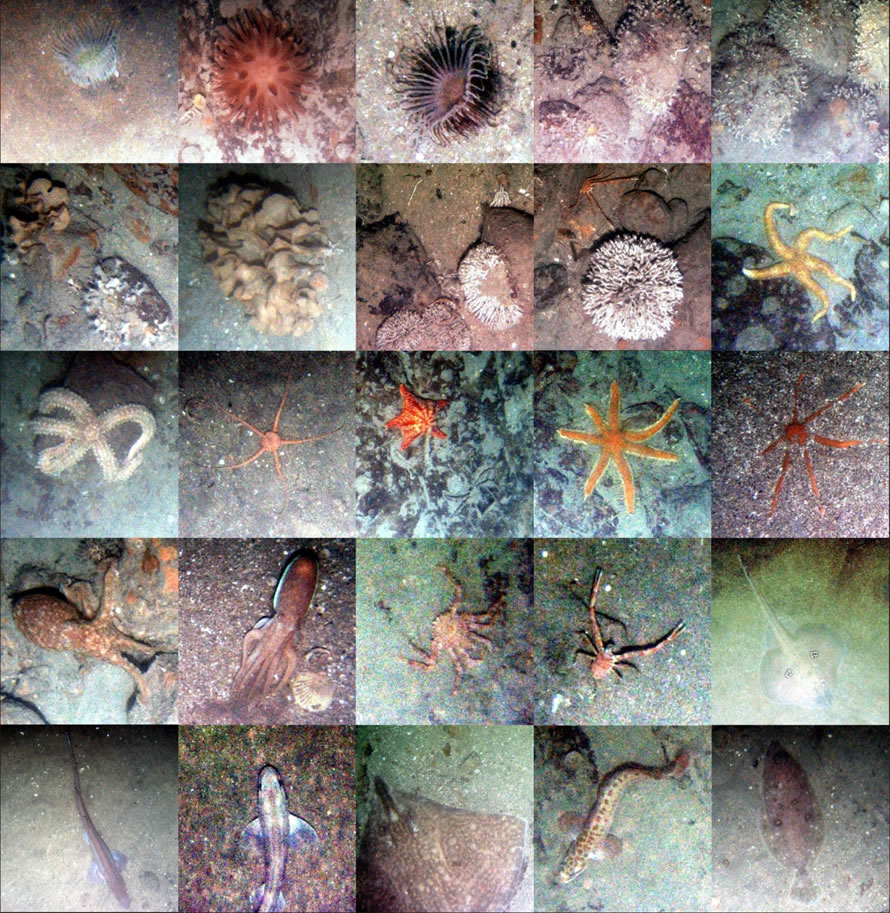Biogeochemistry, macronutrient and carbon cycling in the benthic layer
Continental shelf sediments are responsible for burying >1 × 1014 g carbon yr-1, mostly in soft, muddier, cohesive sediments. Carbon (C) accumulates in sediments as detrital material, organismal biomass and inorganic minerals. For example, many benthic organisms are heavily calcified and, collectively, constitute an important sink for C in both shelf Seas and globally, especially in coarse sand, non-cohesive sediments where the majority of deposited organic matter is rapidly mineralized. Work package 2 aims to quantify these pools of C in the sediments at contrasting sites and seasons, and will determine the relative importance of these over annual to multi-decadal timescales.
-

- Analysis of infaunal (mega, meso and meio) community composition and biomass.
To achieve this, Work package 2 is organized into 4 related tasks. The first 2 tasks will collect data from field cruises to quantify the relative distribution of C within the detrital (Task 2.1) and biological (Task 2.2) pools. The former will quantify the relative balance between organic and inorganic forms of C, and how this varies between different sediment habitats throughout the year, whereas the latter will involve analysis of infaunal (mega, meso and meio) community composition and biomass, determined using both boxcoring (for detailed analyses) and Autosub6000 (broad spatial surveys of >10 km2 around each study site). This will also provide data to support estimates of productivity, respiration and community function. Task 2.3 will quantify the role of sediments in long-term C storage through burial of organic and inorganic C. Task 2.4 will model long-term C storage under different scenarios.
Combined, these tasks will test the following null hypotheses: (1) the quantity and quality of Particulate Organic Matter (POM) remains constant between sites and seasons; (2) sediment type, the quantity and quality of POM and season have no effect on the capacity of shelf sea sediments to cycle and store C; and (3) balance between sequestration of C as POM and biogenic carbonates does not vary according to sediment type or season.
